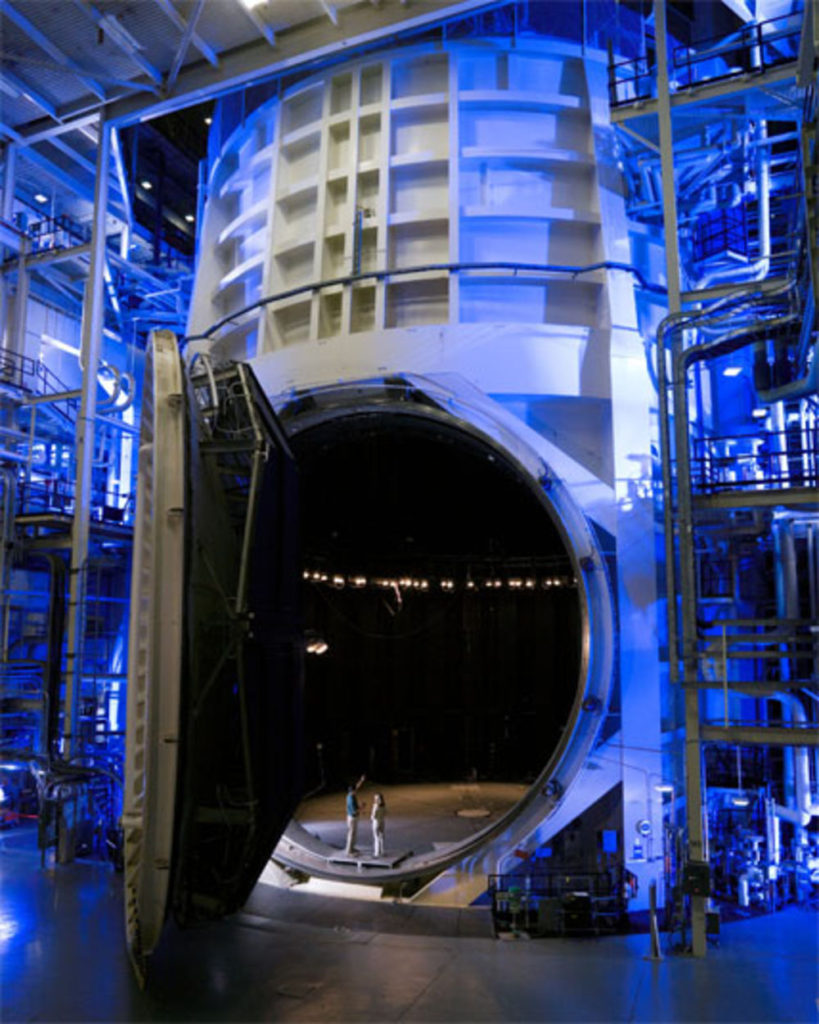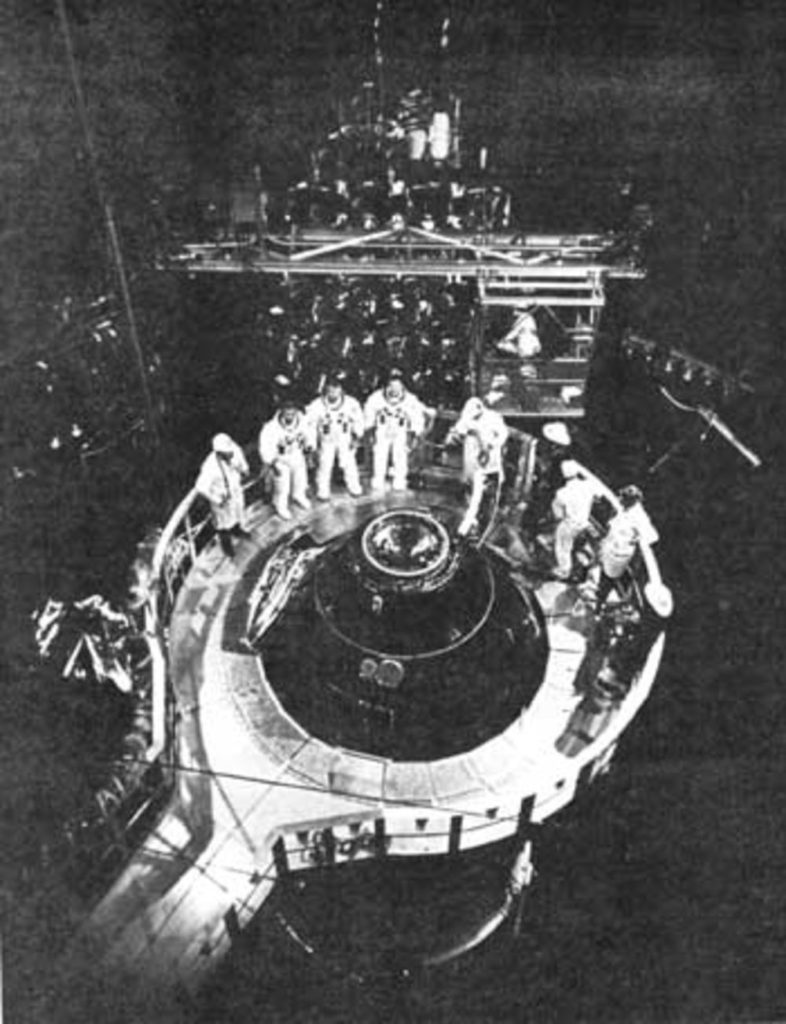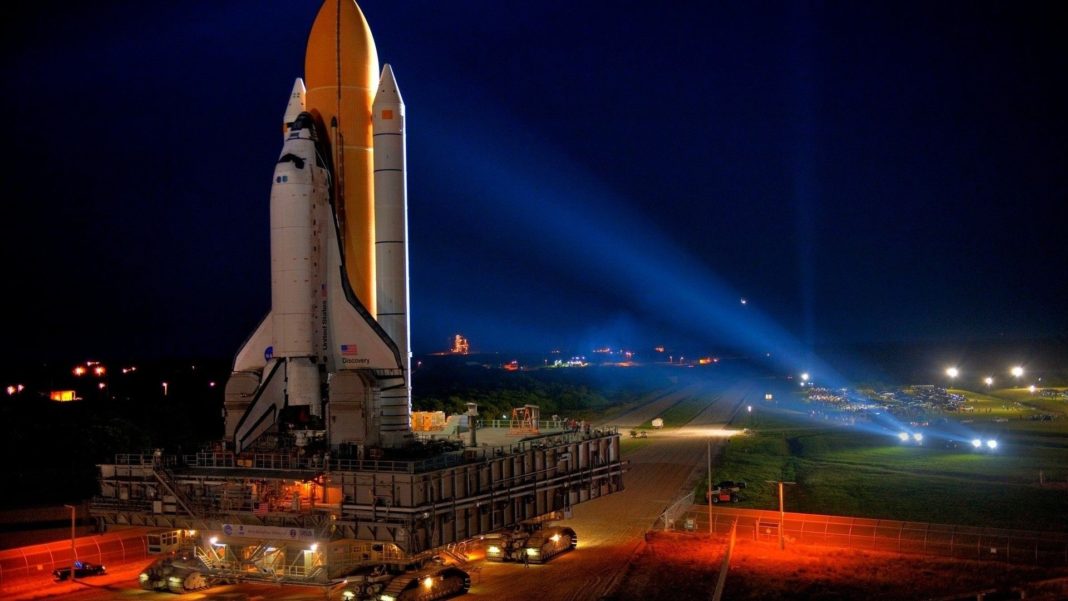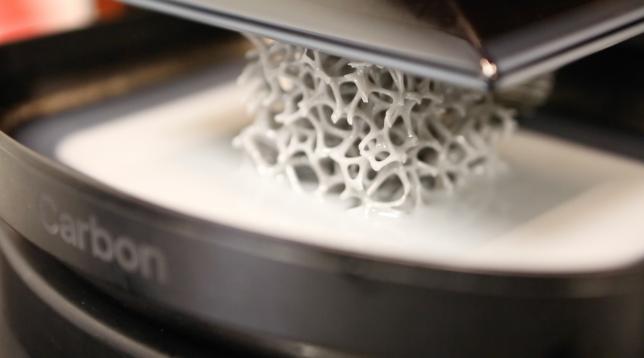Vacuum chambers are used by NASA as part of their vigorous pre-flight testing as they can replicate the extreme temperatures, lack of atmosphere, and lighting conditions that occur in space allowing them to prepare better for when they are really out there. A vacuum chamber was used in June 1968 when Joe Kerwin, Vance Brand, and Joe Engle climbed aboard the Apollo command module as part of their training before the real thing in October 1968.
Vacuum chambers were also employed as part of the 1962 Mercury program and soon after NASA began planning the making of the facility what is now the Space Environment Simulation Laboratory (SESL), located in Houston, Texas. When the group behind the SESL met, they decided that a four-part laboratory is what they needed to be able to test individual systems and full spacecraft in replicated space conditions. Chamber A would have the ability to replicate space temperatures and the heat of unfiltered sunlight. It would be man-rated and have holding areas for emergency personnel, an emergency pressurization system and biomonitoring of everyone onboard.

The massive Chamber A is still in use today. NASA
In 1963, Chamber A was ready for its initial testing. Unfortunately, it didn’t go to plan, and the pressure inside the chamber lowered so much that it caused the doorframe to distort affecting the stiffeners, o-rings, and panels as well. While these all buckled inward, the supporting columns also collapsed under the stress. However, NASA engineers quickly realized that they simply needed to repair the existing damage and reinforce the structure, and by May 1965 the repairs were complete.
In May 1966, spacecraft 008 (a Block I Apollo command module) was loaded into Chamber A, but two months later a vacuum test showed that the hatch never sealed properly and as a result, there was moisture on the cabin, ice on the heat shield and frozen water lines were also an issue. A second test was carried out in August 1966 with a volunteer crew consisting of Flight Crew Support Division engineers, Donald Garrett, Joel Rosenweig, and Neil Anderson. However, it appeared there were still issues that needed addressing. But, after 14 design and 14 procedural changes the team was finally happy with the Block I spacecraft, but it never flew. Spacecraft 012 soon came along and was another Block I model, but was also the spacecraft that claimed the lives of the Apollo 1 crew. After that fatal accident, NASA vowed only to fly Block II spacecraft.

Astronauts prepare for a manned Apollo test in Chamber A. NASA
So, in April 1968, a Block II spacecraft was loaded into Chamber A to be prepared for the test launch that would be taking place in June that same year. On 16 June 1968 Vance Brand, Joe Engle and Joe Kerwin climber aboard ready for their pre-mission. The mission took 188 hours and 31 minutes and involved exposing the command module to temperatures hot enough that it burnt the outer skin, and cold enough to simulate the frigid temperatures the spacecraft would endure on the real mission. However, on the fourth day a water line burst, shorting out a portion of the sun and forced a shutdown for 28 hours. On June 24 the astronauts left the spacecraft after successfully completing the tests with no serious problems. This is the same system that helped launch Apollo 7 and get Apollo 8 to the moon.
More News To Read
- Scientists Turn Food Waste into Energy Storage Devices
- Out with Dow Solar Shingles and in with Elon Musk’s Solar Roofs
- Solar Power Set To Reach Record Levels in Next 15 Years
- Get Ready To Have Your Personal Desktop Waterjet Cutter
- Scientists Discover “Jumping Genes” Have The Ability to Develop Parts of the Brain
- Sony’s PS4 Is the Next Host for VR Porn?











